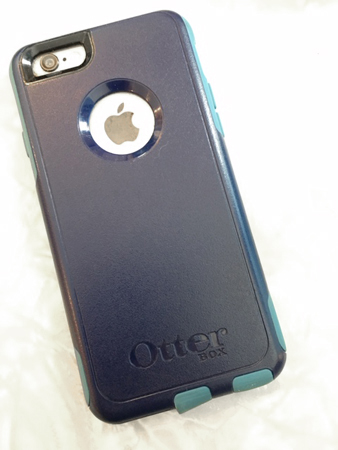This is an assignment for an “additional qualification” (AQ) course on Special Education through ETFO.
My philosophy
I love technology in education and for helping students with learning difficulties (… when it works intuitively, seamlessly and easily with other platforms / users and is used appropriately by teachers and students in the classroom.)
The qualifying statements added to the initial statement makes technology a challenging medium to manage.

Advantages,
Advantages of technology are amazing – especially for those with special needs. LDAO suggests many current ‘assistive technologies’ (AT) that are currently available including:
• screen reading softwarebenefiting those with dyslexia and who benefit from processing information through the ears instead of through the eyes.
• voice recognition softwareallows students to talk their words into the computer. This is beneficial to students who struggle with typing or pencil use
• internet research– having a connected device opens a student to the world of information.
Challenges,
There are many challenges of tech in the classroom including obsolescence, compatibility, training roadblocks and misuse of technology.
One of the greatest challenges, in my opinion, is misuse of technology. Many students benefit from the tech access they are provided through their IEP. Tech assists with their writing, reading, research, etc. Sometimes, some students use the technology as a crutch and become unwilling to be without their tech, even when not specifically needed. The intended use can quickly get sidetracked by other tech/internet distractions if not monitored appropriately by teachers.
Another challenge of technology is that it can narrow our scope instead of broadening it. While teaching a science class recently a student sat sullenly and idol when she should have been researching answers. When I approached her she told me she couldn’t do ANYthing because she did not have access to a computer at that time. “How else could you find the answers?” “I NEED the internet.” I quickly pulled a class dictionary off the shelf and looked up Question 1’s topic – I had the answer for her in less than 2 minutes. The problem wasn’t that she needed the computer. She was the deer-in-the-headlights of technology – she didn’t look beyond the computer for options to complete her work.
Another challenge is the effectiveness of the technology. My first year of teaching I inherited a classroom with an (expensive) SmartBoard – an interactive projector screen that acted like a tablet. The only trouble was it didn’t work. After many support tickets, requests and visits (the problem was a hardware issue) it became functional near the end of the school year… I used alternative, more reliable technology for most of the year.
Understood.org offers 10 Qs to ask about adaptive tech to help keep the tech applicable to a student including portability, specificity to a child’s needs, simplicity…

Equity Issues
Good technology, used effectively expands and propels learning to a new level of possibilities and support. Life is not fair to some but technology can help. Equity does not mean that everyone gets the same. Equity suggests that everyone gets what they need to perform successfully. I need glasses to read effectively. That does not mean everyone should get a pair of glasses. Similarly, not everyone needs voice recognition software but there are some students that will succeed only with that technology.
BYOD (Bring Your Own Devices) can be an equity issue. Some families are fortunate to be able to provide a student with a device for school use. That’s good news until there is a student who cannot afford to bring beneficial technology to support their success. School funded technology is an important step for everybody. The school board should provide for all who are documented as needing technology for success.
BYOD
“Bring Your Own Device” is a growing idea in the classroom whereby students are encouraged to bring a device to school.
Critical ideas to ponder with respect to BYOD – sourced from the Peel link below:
• BYOD reduces the requirements of the board to provide tech learning tools.
• Collaboration potential through the internet.
• Learning extends beyond the classroom hours and space.
• BYOD allows higher technology into the classroom.
• Equity issues related to socio-economic ability for all families to provide BYOD.
Listen to more about how the Peel District School Board is embracing BYOD.
The benefit of students bringing their OWN technology include reducing the need for school boards to invest in tech and, often, technology brought from home can be more current than that purchased through the school.
My concern of a BYOD policy is the expectation that families provide their own devices. For some, this is achievable but for many this puts a financial stress and sets up potential “have / have not” stigma for students within a school I would prefer the school board provide ample technology for all.
Concerns
My concerns have been outlined above:
• appropriate use of technology
• shortsighted “tech-only” mindset when other solutions are available/beneficial
• BYOD inequalities…
I love tech, when it works well. With appropriate funding, diligence and use, tech goes a long way to help many students perform to expectations and beyond.
Sources
For more info see the following:
• Assistive Tech
• Different technologies available
• Access to tech
• Affect of technology on socio-economic groups
• Peel Board’s BYOD policy
• Peel Board BYOD Parent Policy
